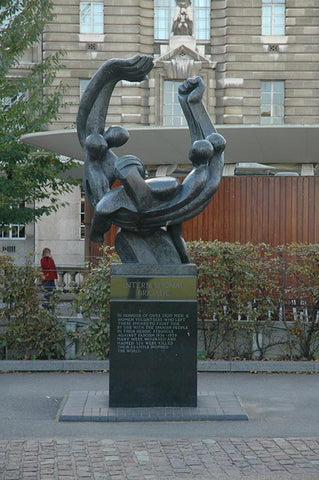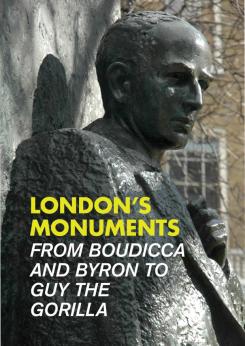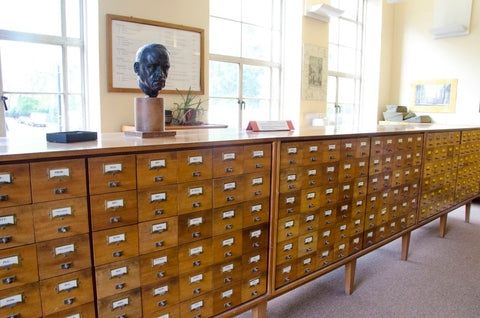Jubilee Gardens, SE1
Sculptor Ian Walters, Bronze, 1985

The Spanish Civil War that raged between July 1936 and April 1939 captured the interest of the world and divided opinion between those of the left and right. The war was between Spain’s elected Republican government and the Nationalist forces of General Franco who were supported by Fascist Italy and Nazi Germany. Western governments did not come to the Republic’s defence and it was left to the Soviet Union to establish the International Brigade. The Brigade attracted nearly 60,000 volunteers from 55 countries to fight for the Republican cause including around 2,000 British volunteers. They experienced physical hardship, but fought bravely alongside the Republican army against the better equipped Nationalist forces.

The Brigade initially enjoyed some success with the defence of Madrid in November 1936. Divisions soon, however, emerged within the Brigade, as Nationalist forces continued their advance. In September 1938 the International Brigade was disbanded by Spain’s Republican government in an attempt to win the support of western democracies. The attempt failed and in April 1939, just five months before the start of the Second World War, Franco declared victory.
This monument is in memory of the British men and women who volunteered for the International Brigade, of whom 526 gave their lives in the struggle. The monument is a wonderful figurative piece by Ian Walters, who also made the bust of Mandela further along the south bank. Many participants in the Spanish Civil War regarded it as part of the wider struggle against fascism and went on to fight bravely in the world war that followed.
excerpt from the latest edition of London’s Monuments, which features all of London’s major public monuments.







